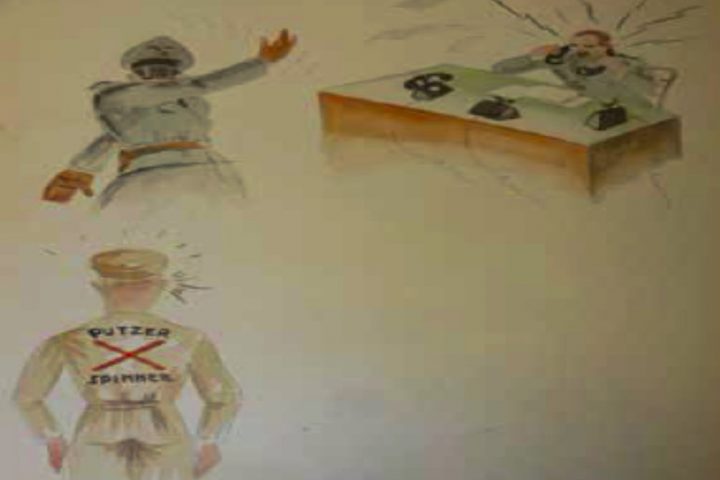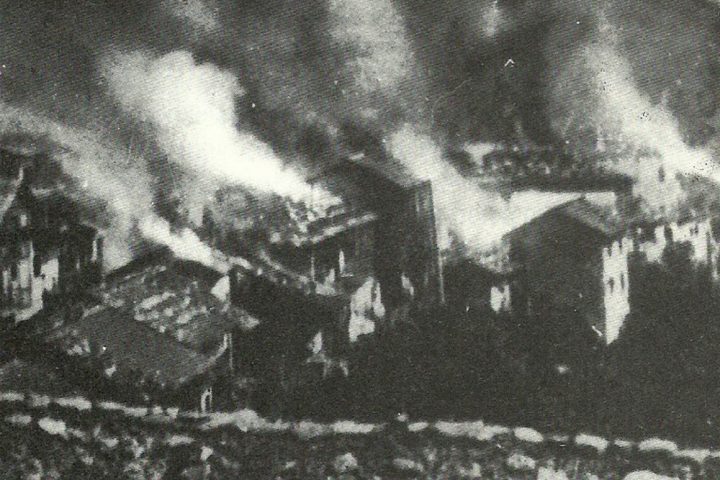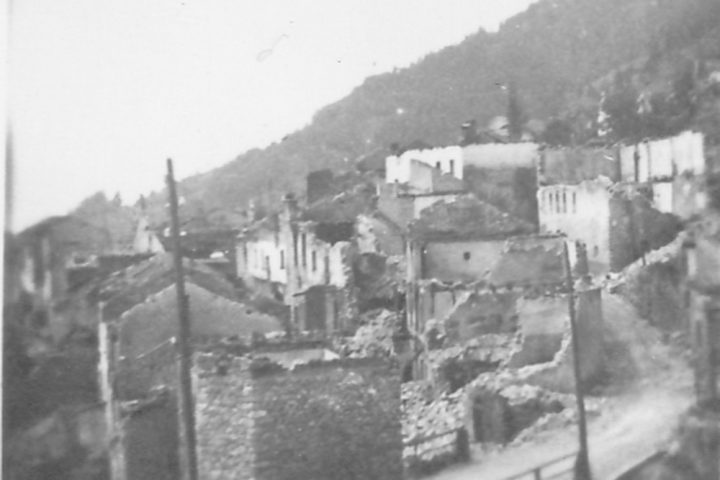A supreme commissioner, the Gauleiter of Tyrol Franz Hofer, was placed at the head of the OZAV. From the outset, Nazi policy in this area had envisaged the future annexation of South Tyrol to Germany and the “Germanisation” of Alto Adige. In this context, South Tyrol became, especially during 1944, a territory where various people were deported to be used as forced labourers, in particular, in the factories of the satellite camps and in those annexed to the Polizei-und Durchgangslager of Bolzano. The concentration camp would also be an important tool for sending deportees beyond the Brenner Pass, where they…
There was certainly a substantial presence of workers from Belluno in the Reich in the years 1938-1945, but this reflected a long-standing seasonal migratory tradition; at the end of July 1941, they totalled 3,826. In 1942, the departures of workers belonging to Fascist trade union organisations or recruited by Italian firms operating in Germany began to decrease significantly. In any case, at the end of 1943 there were 1936 industrial workers in the territories of the Reich, mostly trapped there after 25 July. They would be joined the following spring by 500-600 seasonal agricultural workers, for a total of about…
Following the Ordinance issued by Hitler on 10 September 1943, which divided Italy into “operations zones and the remaining occupied territory”, the provinces of Trento, Bolzano and Belluno – from which the municipalities of Cortina d’Ampezzo, Livinallongo del Col di Lana and Colle Santa Lucia were transferred to the jurisdiction of Bolzano – became part of the Operationszone Alpenvorland (Prealps Operations Zone, OZAV). The governor of Tyrol, Franz Hofer, was appointed Supreme Commissioner, and was determined to reunify the ancient county of Tyrol divided between Italy and the Reich. In this scenario, already envisaged under the “Options”, which had begun…


